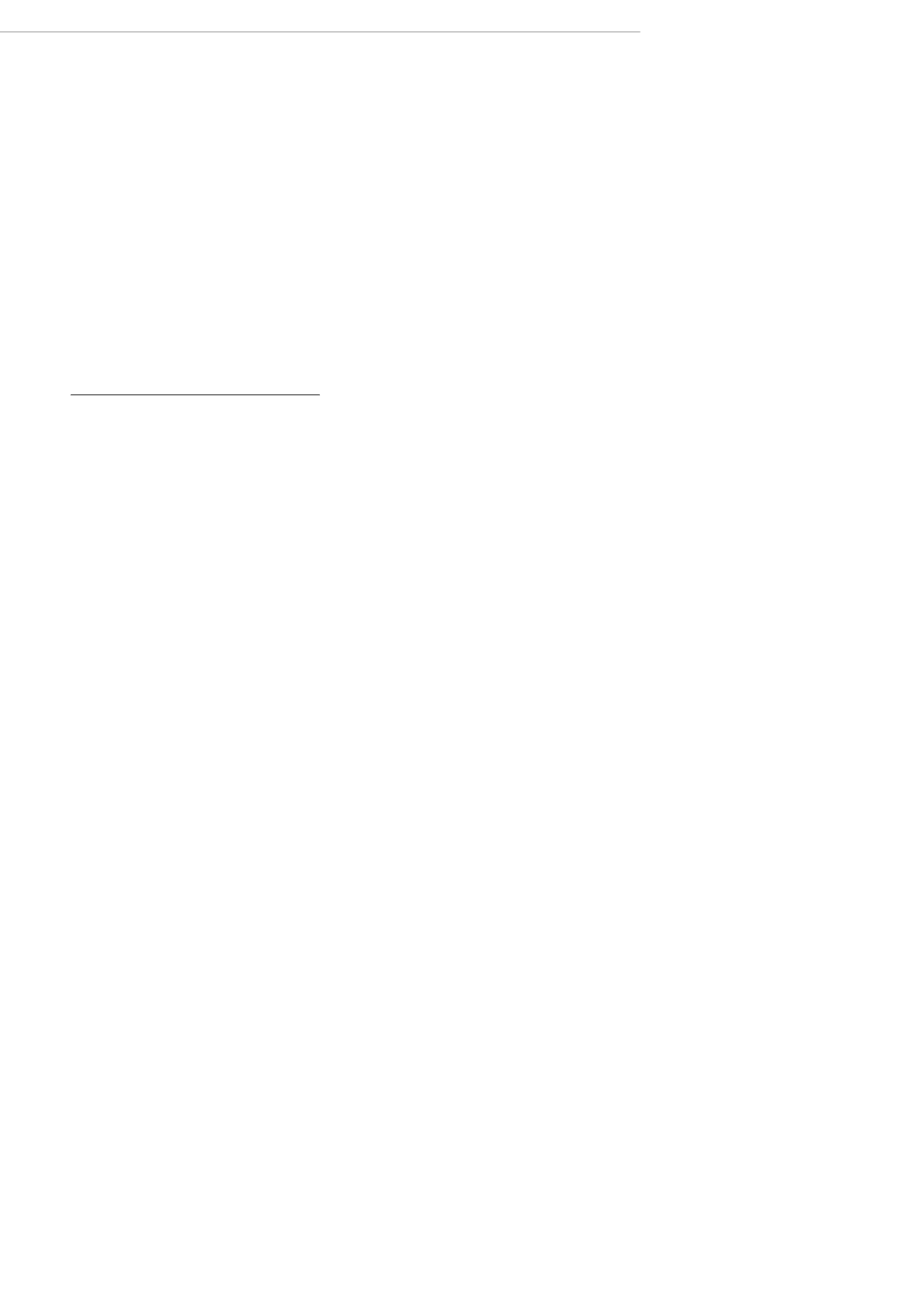

| 64
PostWar & Contemporary
3412 SAM FRANCIS(San Mateo/California 1923 - 1994 Santa
Monica)
Drift II. 1976.
Watercolour and gouache on paper.
Signed on the reverse: Sam Francis, also
inscribed with the archive number:
SF76-026.
58 x 82 cm
This work is identified with the interim
identification number of SF76-026 in
consideration for the forthcoming Sam
Francis: Catalogue Raisonné of Unique
Works on Paper. This information is subject
to change as scholarship continues by the
Sam Francis Foundation.
Provenance:
- Purchased in 1986 fromGalerie Kornfeld,
Bern, by the former owner.
- By descent to the present owner, private
collection Switzerland.
“With hardly an ‘abstract’ painter is the
relation to reality as suggestive as with
Sam Francis. Each of his paintings is filled
to bursting point with optical experiences,
with visual exposure, is seeped with the
visibility of the world.” (Wieland Schmied:
Notizen zu Sam Francis, in: Exh. Cat.
Kestner-Gesellschaft, Hannover. Sam
Francis, 1963, p. 12.)
Samuel Lewis Francis, called Sam, born
1923 in San Mateo, decides to become an
artist only after a traumatic experience.
His inclination towards the natural scien-
ces leads him to study medicine and psy-
chology at the University of Berkeley from
1941. From 1943 until 1945 Francis serves
in the U.S. Army as a pilot. His impressions
won here of the far-reaching landscapes,
which from a bird’s eye perspective form
abstract colour and form variations, leave
traces in his paintings. When his plane
crashes in the Californian desert, he is left
with severe back injuries that confine him
to the hospital bed for a long time. Here
he begins to paint and decides to follow an
artistic path. From 1945-50 he studies art
in California and leaves for Paris imme-
diately after his graduation. Here he is in
contact with the active art scene and feels
especially connected to the Canadian
artist Jean-Paul Riopelle.
Striking about Francis’ work, as seen in the
pieces offered here, is the impression of it
being only an excerpt. The image borders
don’t seem to offer any boundaries to
his abstract compositions, they seem to
unfold into the infinite. The idea of the
excerpt applies in many ways: the image
as excerpt of life, the lengthening of the
moment (of painting) into the infinity of
time, an excerpt of the inner world (of
feelings) into the phenomenon’s of the
visible cosmos. The amorphous, organic
shapes recall microorganisms, with which
Francis probably grappled during his stu-
dies of medicine. Yet the painted remains
abstract.
This superb early work clearly shows his
process of work and formation: Francis
paints it by placing the sheet on the floor.
First he outlines the geometric ‘fence’
filled with merging watercolours. Then he
pours, drips and splashes thick colours
onto the background, as he stands crou-
ched over the work. Remarkable about this
technique is that it is very spontaneous
and dynamic, but also a reflection of the
artist and his action.
Francis’ understanding of colour is strongly
influenced by post-impressionism and the
Italian masters of the early Reniassance,
but his gestural brushwork on the other
hand, is based on his time spent in Japan in
1957, where he came into contact with the
ink-brush technique haboku. The resulting
luminosity of each colour, accentuated by
the deep black, imparts the work offered
here with a liveliness and lightness, that
displays the whole energy of his talent as a
prominent exponent of the lyrically orien-
ted abstract expressionism.
“Color is light on fire. Each color is the
result of burning, for each substance burns
with a particular color.” (cit. Sam Francis, in
Exh. Cat.: Sam Francis, Los Angeles, 1980,
p. 10)
CHF 40 000 / 60 000
(€ 37 040 / 55 560)


















